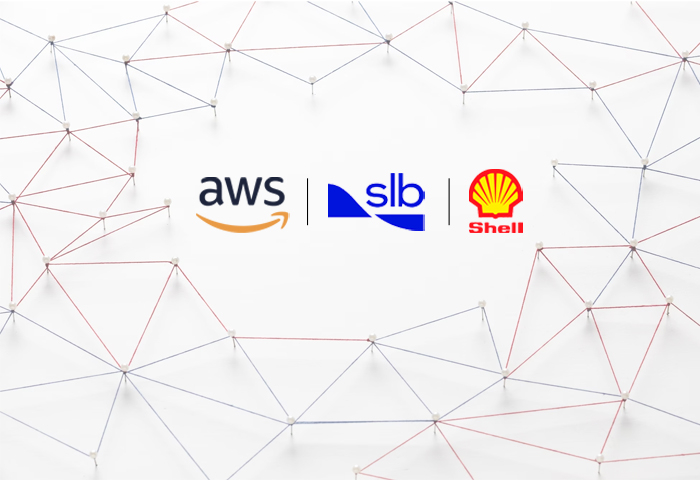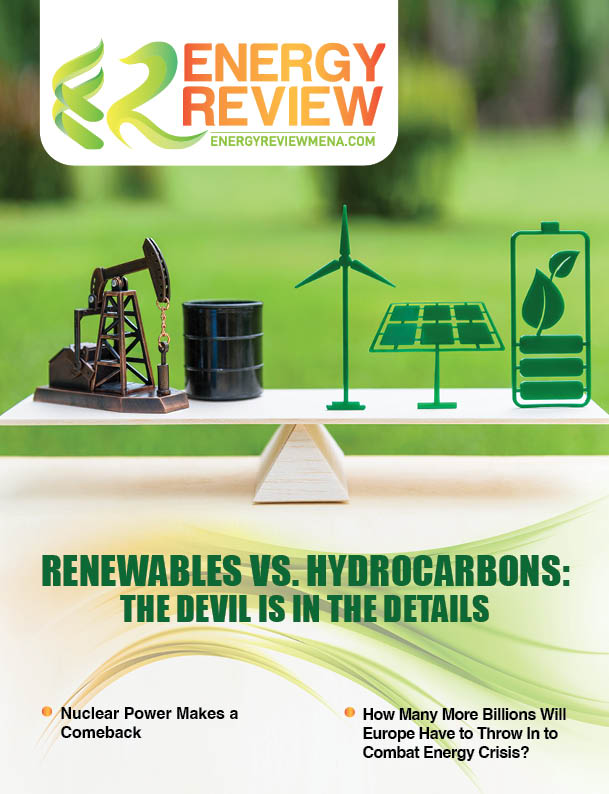As the oil and gas industry progresses towards digital maturity, digital transformation can offer the benefits of increased productivity and improved profits even in the face of market volatility, says Mohamad Awad, Regional VP for the Middle East, North Africa and Pakistan at AVEVA.
The ADNOC Group’s Panorama Command Centre is appropriately named. The state-of-the-art 50-metre video wall wouldn’t be out of place in a futuristic Hollywood movie. But apart from the fabulous optics, the new Aveva solution gives the Abu Dhabi oil major a significant strategic advantage. A single glance displays integrated, real-time information across the organization’s operations and distribution network, enabling operations and cost efficiencies.
That’s good news in volatile market conditions, where oil and gas enterprises face increased pressure across the board. Apart from the challenges presented by uncertain market prices, environmental pressures, increased security threats and heightened regulatory compliance requirements have combined to create a complex, unfamiliar landscape for the industry. In this scenario, digital transformation can drive new and better customer experiences while maximizing value creation across asset and operations lifecycles, delivering improved profitability, higher returns on capital and enhanced productivity, leading to significant competitive advantages overall.
Leveraging digital technologies, such as cloud, the Industrial Internet of Things (IIoT), mobility, artificial intelligence (AI), virtual reality (VR), big data and analytics could cut capital expenditure by up to 20 per cent across the industry, according to estimates from the management consultants McKinsey. At the same time, embracing these new technologies will see total cash flows improve by $11 per barrel across the offshore oil and gas value chain, adding $300 billion a year by 2025.
In practice, this transformation can be affected through a series of cutting-edge toolsets designed for hydrocarbon traders and suppliers. There are three main ways that the digital technologies can transform Oil and Gas:
Process optimization with a digital twin: As a virtual representation of a physical asset – for example, a pump, motor, turbine or even an entire industrial process or plant – a digital twin enables full lifecycle management of physical assets, from the design stage and extending across the assets’ lifecycle. These real-time digital replicas of operating assets enable the collection, visualisation and analysis of operational data at a single glance, thus helping maximise return on capital and increase enterprise profitability. Computing power can be scaled up or down, user privileges can be added, edited or deleted as needed, and plants and facilities can be quickly adapted to changing legislative and market requirements.
As a result, processes across the business are optimised, allowing operators to evaluate what-if scenarios in batch processing, manufacturing and distribution. Sharing this information with stakeholders increases their ability to visualise results and key performance indicator data across the process. In addition, enhanced predictive control software helps process operations realise their full potential by moving the process closer to active constraints — reducing process variability while raising profits.
Cloud-based process design: Cloud computing offers several opportunities to reduce process design expenditure. By leveraging the almost infinite processing power and storage available through cloud-based architecture, process design can be accelerated while capital investment costs for modelling and training are reduced. Cloud-based architecture can offer an open model writing environment, extending simulation benefits to areas not well covered today, such as reactors, polymers and specialties. Digital connectivity can advance the production process continually and incrementally, while accelerating startups after plant turnarounds and debugging application design. With process design information centralised into a digital repository in the cloud, it becomes easier to superimpose this data with complementary information and drive the enterprise towards a completely digital planning and operations model. In such a situation, process innovation becomes seamless and efficiency is significantly expanded.
Digital planning and operations: Integrated petrochemical production networks are highly complex and difficult to visualise for planning and operations. At the same time, increasing demand volatility in feedstock extends opportunities for margin improvement. A unified supply chain model connects historically disconnected silos and maximises profitability by overlaying real-time economic and market data with current plant and production status information. This complete 360-degree view of the digital value chain allows all aspects of the enterprise to be visualised, analysed and optimised so that the impact of uncertainties and data changes to be evaluated and understood in real-time.
In the long run, digitalisation will have a profound impact on every aspect of the oil and gas business. As the industry has consistently demonstrated, early movers reap the sweetest gains.
In today’s economic environment, capital budgets and overhead are constantly being cut. Oil and gas producers are faced with rising manufacturing costs, global competition, and soaring energy costs. To meet these challenges, companies are forced to optimize manufacturing operations and make performance improvements to positively affect their bottom line. Digital Transformation offers new toolsets that enable oil and gas producers to increase their competitive levels in their market and industry.

3 ways digital technologies can transform oil and gas
/ Technology & Smart Cities / Monday, 30 March 2020 11:56








